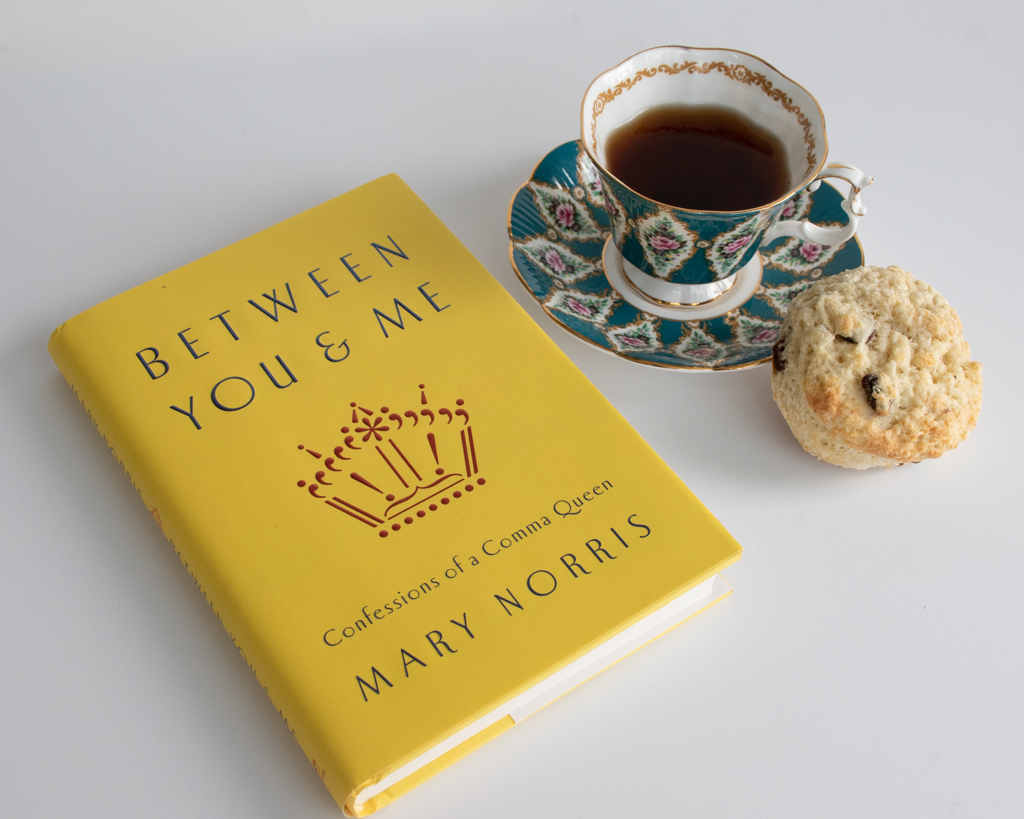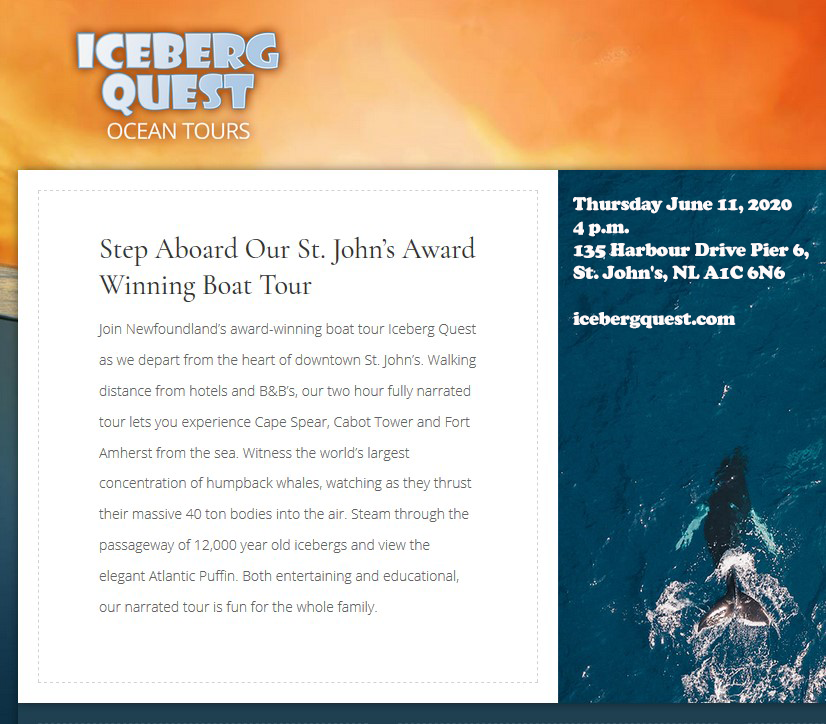 If you have a bias toward traditional books, you may have been pleased to hear that e-books are still nowhere close to outselling print books?
If you have a bias toward traditional books, you may have been pleased to hear that e-books are still nowhere close to outselling print books?
The predictions of print’s decline have been wild. In 1999, Microsoft declared that by 2018, 90% of all books sold would be e-books. Then in 2013, Price Waterhouse Cooper presented a more moderate view: that e-books would only surpass print books in 2017. Now it appears that e-book sales have actually flattened at around 20-30% of all books sold.
We understand the easy appeal of the e-book format for fiction. But when it comes to non-fiction, more than one indexer has admitted to owning a copy of the same book in both formats. The story is usually like this: We needed the book right away, and it was so easy to download it from the Internet. Besides, we could take the book with us everywhere on our mobile devices. But then we turned around and also bought the print version because that’s really how we want to read non-fiction books.
Our publishing clients understand this, and many are producing both formats. But publishers also want to create a better e-book by having the index embedded. And for many indexers and publishers, embedded indexing is new territory.
You may have heard that Kate Mertes has been working with the Church Historians Press indexing the Joseph Smith Papers. In fact, she won the ASI/EIS Publishing Award for the index to Volume 3 in 2015. Kate told us that her work with the Press is ongoing: “We’ve transitioned from standard stand-alone indexing to an embedded system, and the press has enthusiastically invited, listened to, and implemented my ideas on how to make this work.”
We are delighted that Kate is coming to the ISC/SCI conference in St. John’s, Newfoundland this June 12-13 to give a presentation on her experiences. We concur with Kate that this is timely, “given how many indexers are dealing with this now, and it would show how you can move ahead technologically and produce quality indexes.”
Visit the conference page for details.



